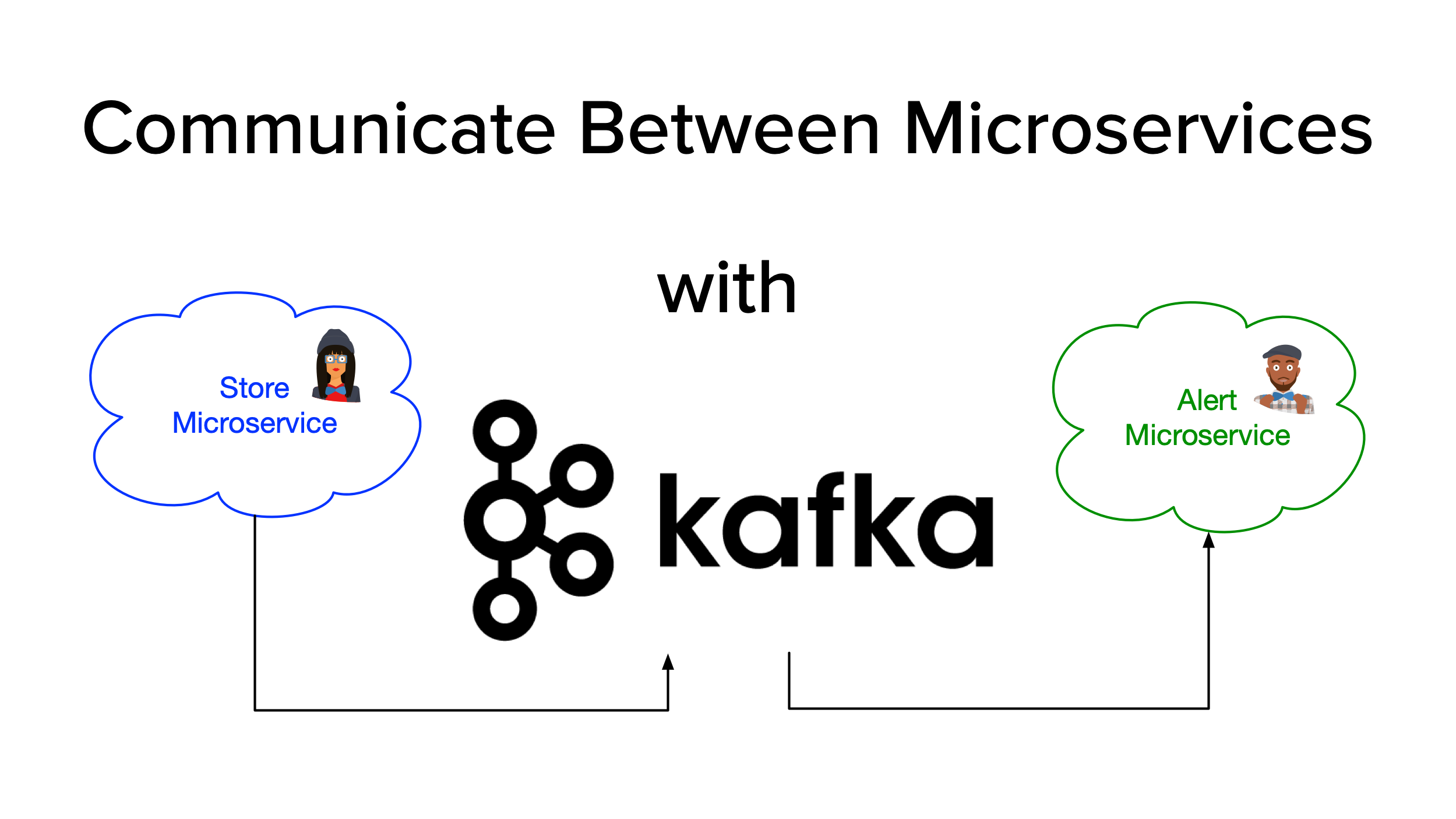Node Microservices: From Zero to Hero

Node is one of the premier frameworks for microservice architecture today. The microservice pattern allows developers to compartmentalize individual components of a larger application infrastructure. Because each component runs independently, you can upgrade or modify components without impacting the larger application. Each component exposes an interface to external consumers who are blind to any internal logic the service does. One of the challenges of working in a microservice environment is the process of one service...
Managing Multiple Okta Instances with Terraform Cloud
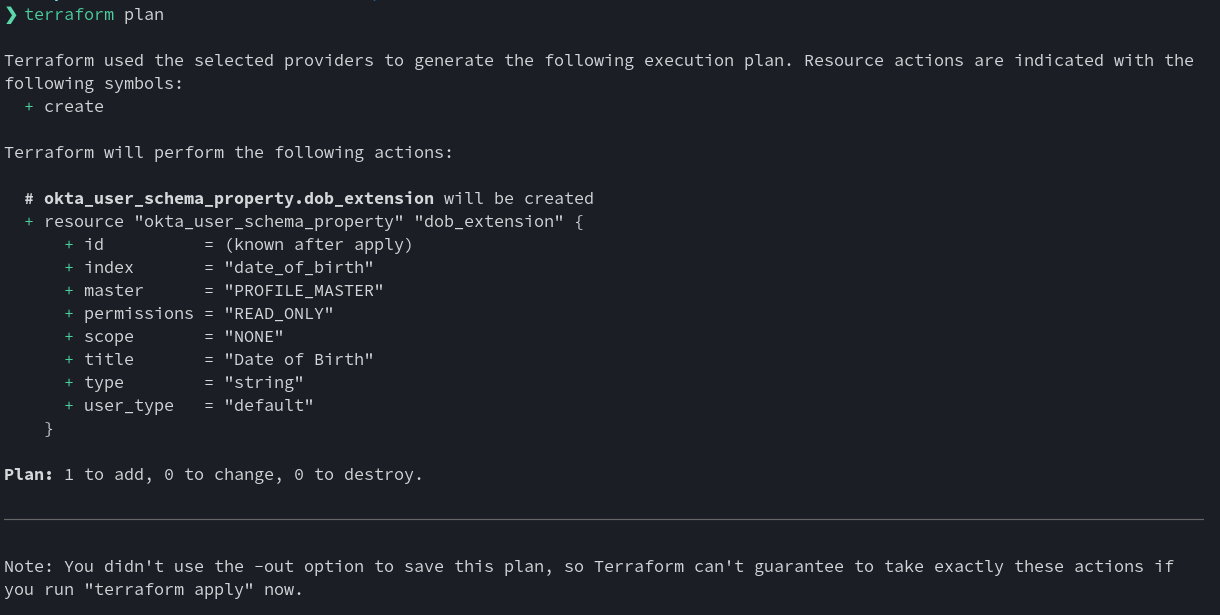
Congratulations, you’ve chosen to use Okta to solve your identity problems. Welcome to the happy sunny utopia of a managed identity solution! But wait! How do you manage your environments? Your applications all have separate production, staging, and development environments. How do you manage that in Okta without writing a ton of custom scripts? In this post, you’ll learn how to manage multiple Okta instances using Terraform and our Okta Terraform Provider. I’ll walk you...
How to GraphQL in Java
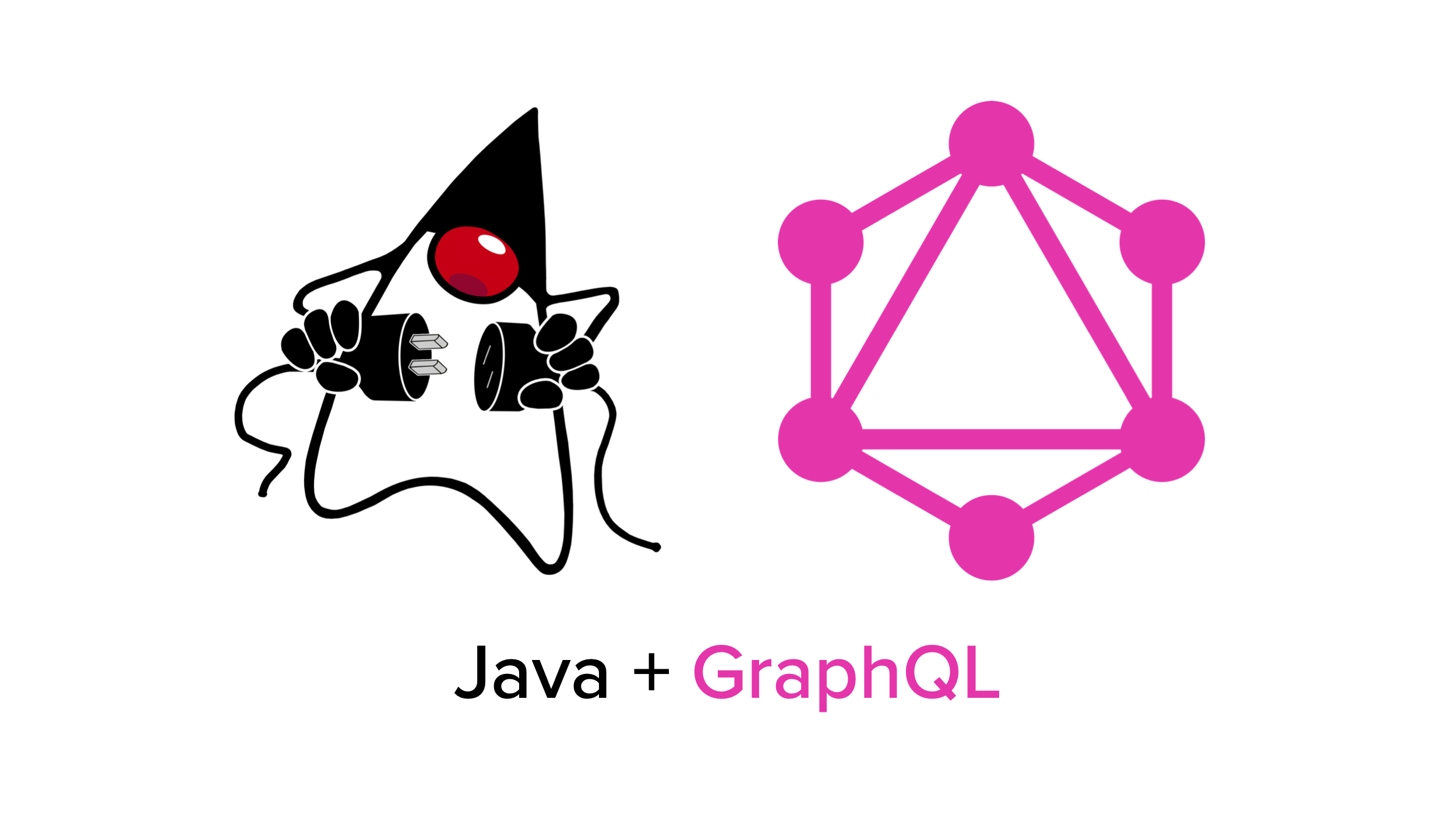
REST APIs are hard to design so they serve multiple clients well. As each client has their own needs in terms of data searching, filtering and which fields they want, a traditional REST API will provide a single version of an entity and the client has the responsibility of navigating through multiple endpoints and correlate the data on their side to build the data they want. GraphQL was developed by Facebook to overcome the shortcomings...
Build Single Sign-on in Java
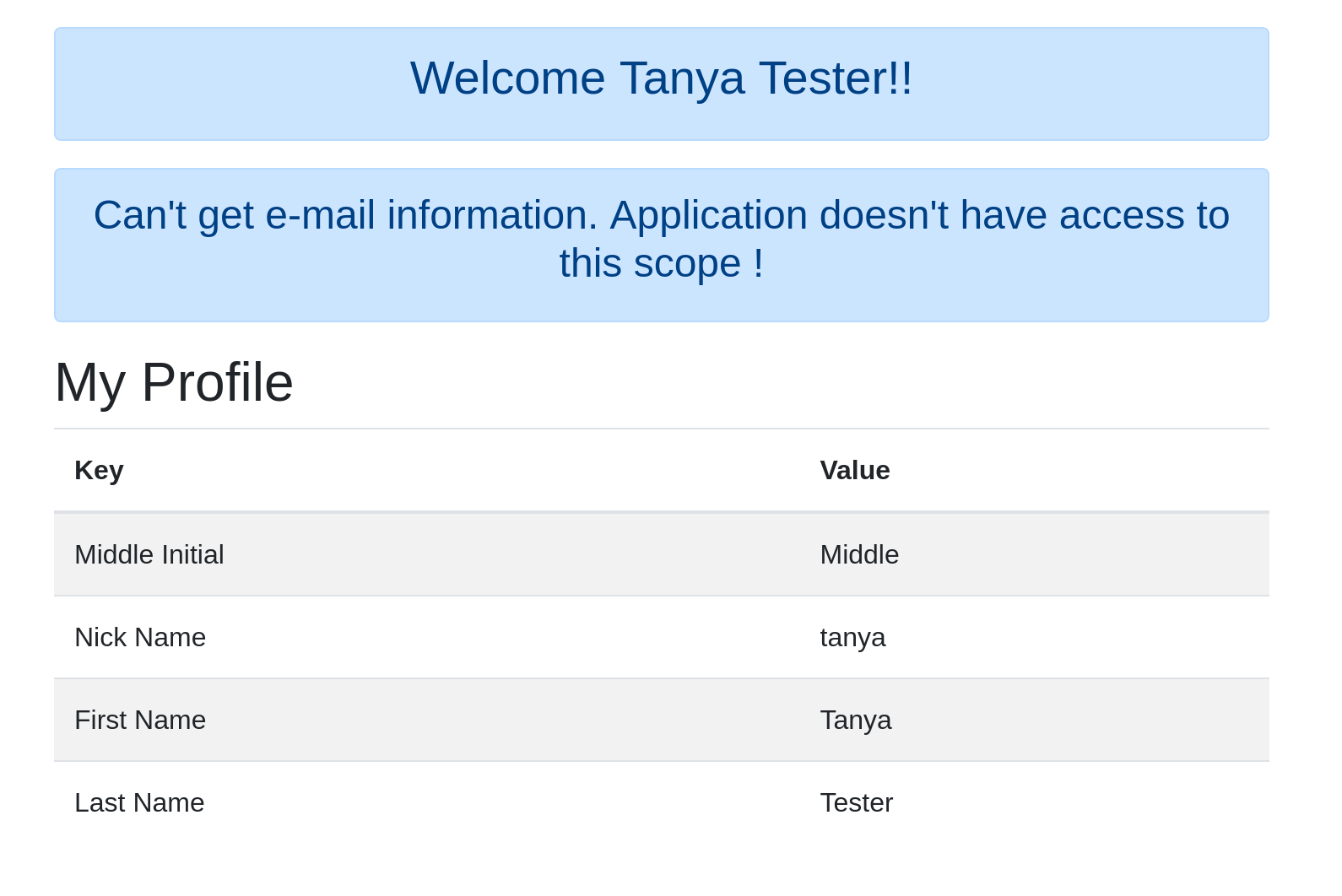
In modern app development, you quite frequently have a single resource server that provides data to multiple client applications. These applications may share a similar set of users, but need to enforce different permissions. For example, it’s possible that not all users of the first application should be allowed to access the second (think of, for example, an admin console application versus a client or user application). How would you implement this? One way to...
The Best Testing Tools for Node.js
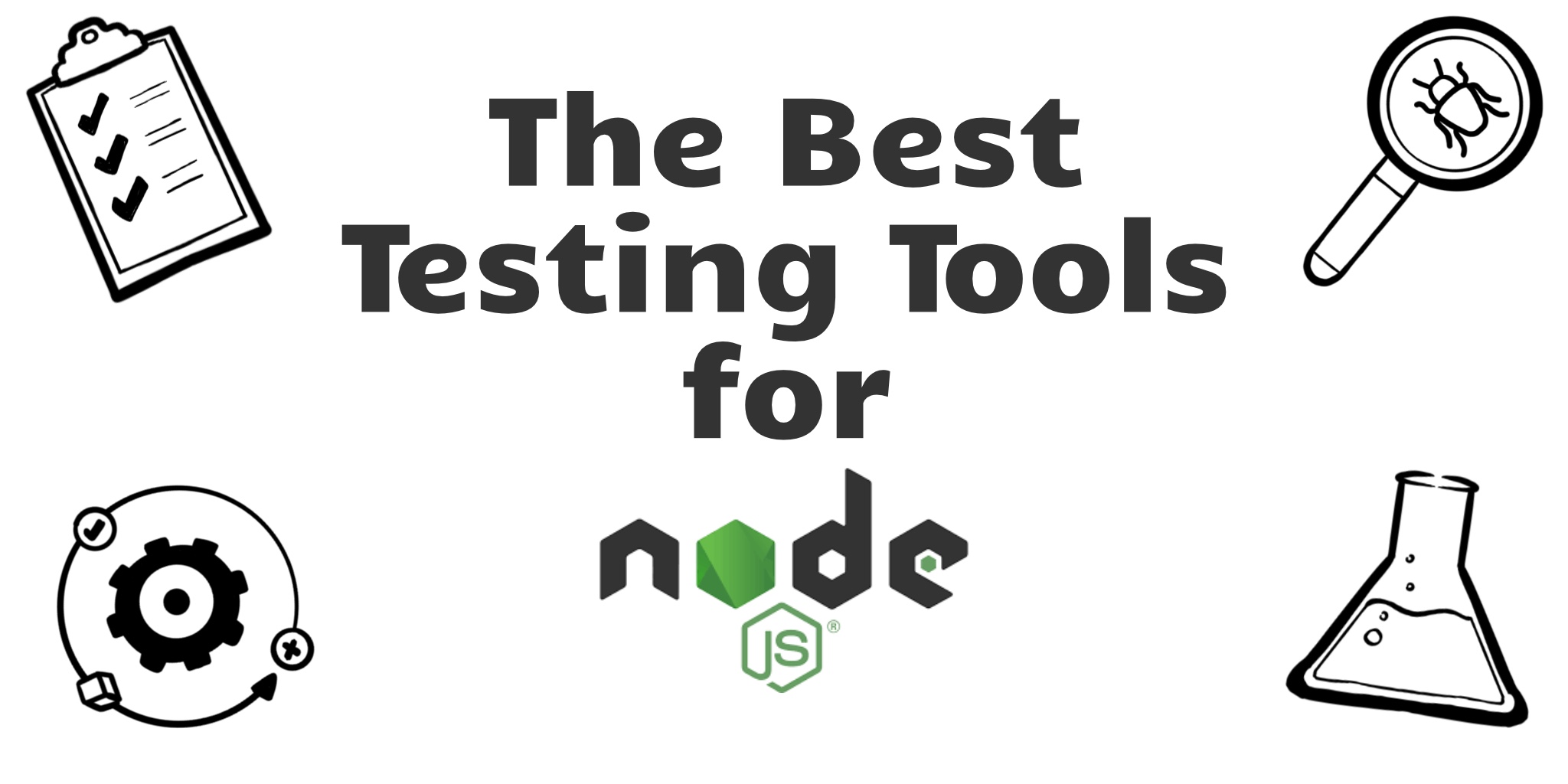
Testing is an essential discipline for any non-trivial software project. With a dynamic language like JavaScript, testing is an absolute necessity. This post is on the best tools currently available for Node.js, but here’s a quick look at some of the many benefits of testing. Find bugs! Guard against future bug regressions. Document the expected functionality or behavior of software. Improve the design, quality, and maintainability of software. Refactor code with confidence. In this post,...
Use PKCE with OAuth 2.0 and Spring Boot for Better Security

Browser and mobile feature enhancements move fast. Often times, these technologies move faster than security standards designed to protect them can keep up. OAuth 2.0 offers the best and most mature standard for modern applications. However, there hasn’t been an official release of this standard since 2012. Eight years is a very long time in Internet technology years! That doesn’t mean that its contributors have been sitting idly by. There is active work on the...
Communicate Between Microservices with Apache Kafka
Build a Beautiful App + Login with Angular Material
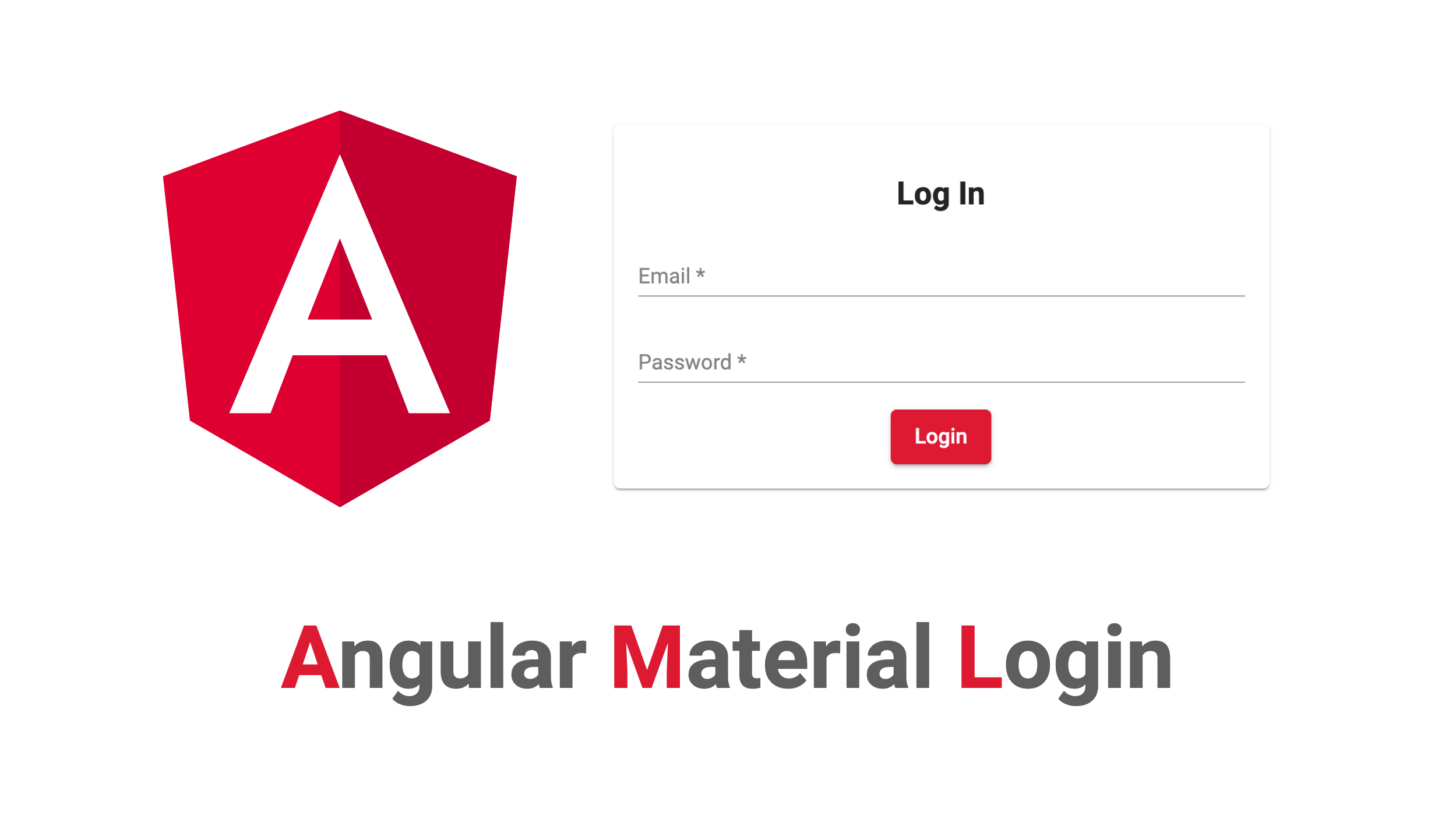
Usability is a key aspect to consider when creating a web application, and that means designing a clean, easy-to-understand user interface. Leveraging common design languages can help make that goal a reality with their recognizable components that many users will understand right away. However, unlike desktop apps where the operating system provides a set of uniform widgets, there has historically been no common design language to lean on for web app developers. That was until...
Build Reusable React Components

Who doesn’t love beer? When you drink a great beer you want to tell someone. You definitely want to be able to remind yourself of the great beers you’ve had. Enter Brewstr, a beer rating application that allows you to enter a beer you’re drinking and give it a rating. This way, you know what to get next time since there’s no way you’ll remember it later. React gives the ability to create a component...
AWS Athena as a Data Analysis Supplement
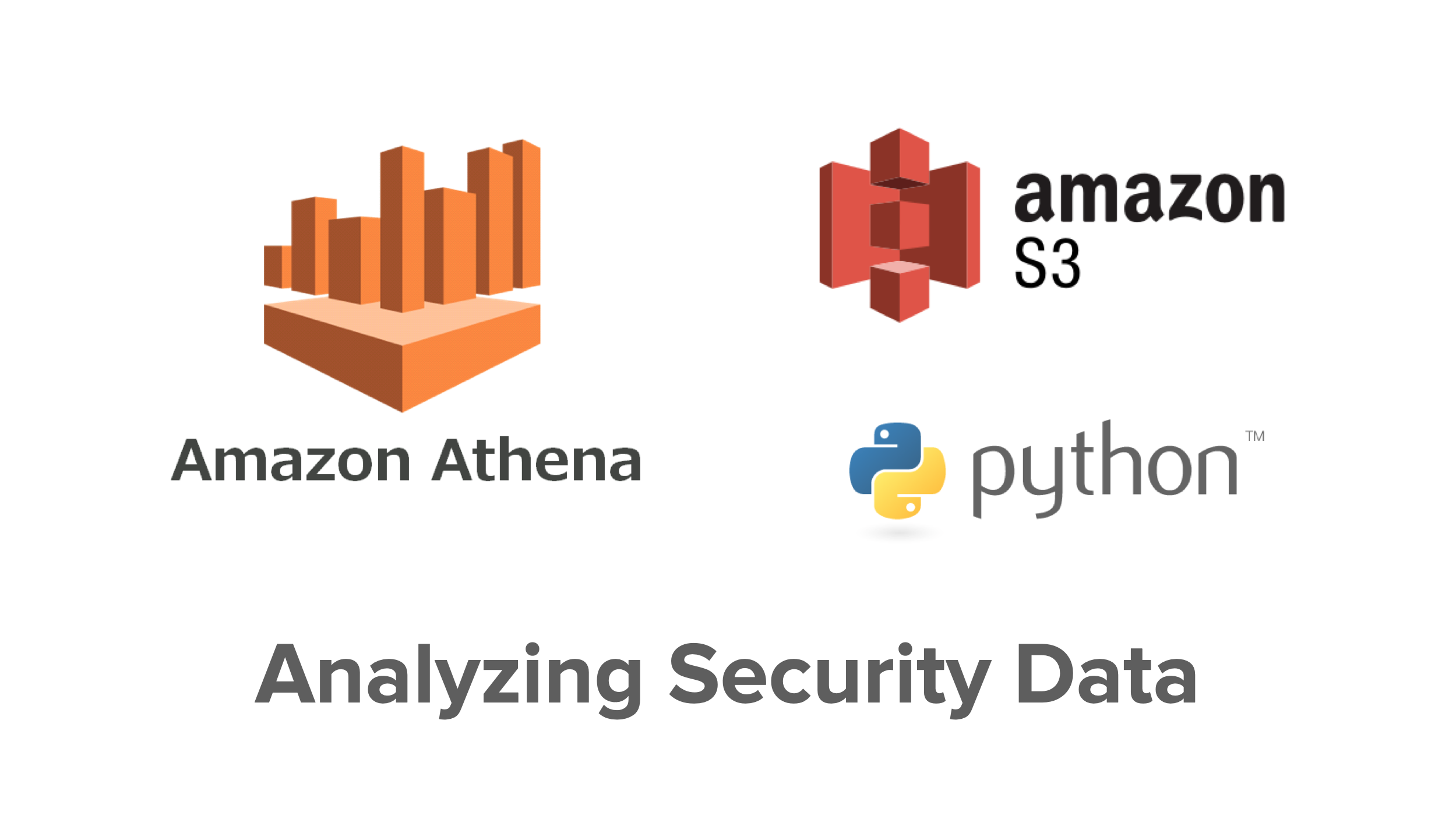
As part of a security investigation, you may be tasked with determining whether a specific API action occurred throughout your cloud deployment within some distant date range. This would normally be straightforward to determine, by using either the provided CloudTrail querying console or a Security Information and Event Management platform (SIEM) which is set to consume these logs such as Splunk or Elasticsearch. For most data analysis solutions, the amount of data ingested or stored...
